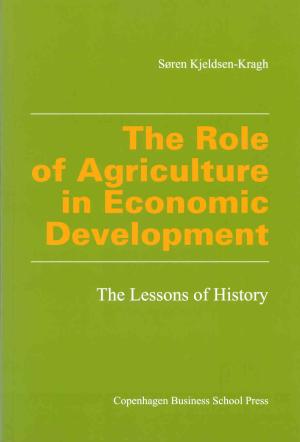The first part of the book describes agricultural progress in Europe and the USA since 1750, when modern societies began to develop. Although there were significant differences from country to country, agriculture was an engine of growth during the period 1750-1914.
Since 1914, agriculture has experienced difficulties in spite of spectacular increases in productivity. The book describes the beginning of agricultural policy during the Great Depression, and how it continued and developed in the EU and the USA after the Second World War. Agricultural policy in the post-war period built on the legacy of the past, and only in recent years have there been signs of fundamental reform.
The second part of the book builds a model of the development process. The author emphasises that it is not possible to explain development without looking simultaneously at the resources, technology, institutions and attitudes prevalent in a country.
The author develops a stage theory to identify the crucial factors driving economic development from period to period.
Development begins when improved technologies increases productivity and institutional changes in the form of agricultural reforms allow the improved technologies to spread. Later, new markets and institutions are established around the original market.
The functioning of the market depends on transport and communication, distribution channels, human resources, innovations and the diffusion of information. Close integration between the rural and the urban sectors is a prerequisite for a dynamic interaction.
Developing countries had to choose their development strategy when they became independent after the Second World War. The main problem was not that they protected the manufacturing industry but that they neglected agriculture.



